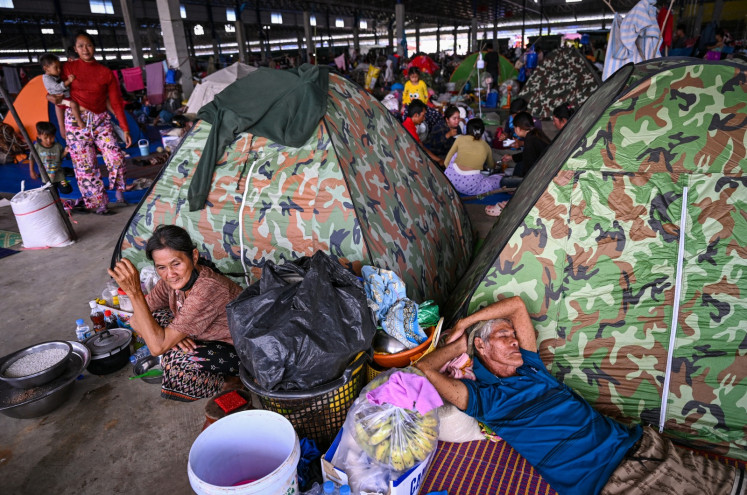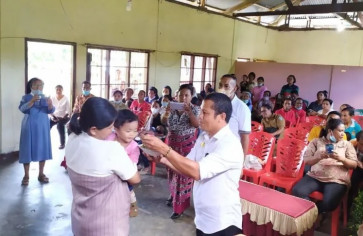Popular Reads
Top Results
Can't find what you're looking for?
View all search resultsPopular Reads
Top Results
Can't find what you're looking for?
View all search resultsStunting in eastern Indonesia: Insights from a pediatrician
In eastern Indonesia, the nearest healthcare facilities are often located at a considerable distance, making it nearly impossible to have routine check-ups to assess children's nutritional status.
Change text size
Gift Premium Articles
to Anyone
Stunting refers to the chronic condition affecting the height of toddlers and young children due to long-term malnutrition. This condition arises primarily due to chronic deficiency in protein and total energy intake.
Despite a decrease in the overall prevalence of stunting among children in Indonesia from 24.4 percent in 2021 to 21.6 percent in 2022, it is notable that East Nusa Tenggara (NTT) continues to exhibit the highest prevalence of stunting. Standing at 35.3 percent in the 2022 Indonesian Nutritional Status Surveillance (SSGI), the figure surpasses the national average and can hinder the national target of lowering the rate to 14 percent in 2024.
The consequences of stunting extend far beyond individual health concerns and pose a significant threat to the future of a nation. Not only does stunting impede the optimal development of children during their crucial early years, but it also hampers their potential to become productive adults, thereby impacting the overall economy of the country, especially as Indonesia aims to reap the full benefits of its demographic bonus in 2020-2045.
The inability to nurture a generation of well-nourished individuals adversely affects a nation's ability to cultivate a skilled and capable human resource base, which is vital for sustainable development and economic progress. Addressing stunting is therefore of paramount importance to ensure the long-term well-being and prosperity of a country.
Stunting has emerged as a prominent and pressing issue in Indonesia, drawing significant attention from the government. In order to address this critical concern, substantial financial resources, amounting to billions of dollars, have been allocated to combat the prevalence of stunting. These substantial funds are primarily intended for the implementation of comprehensive strategies aimed at ensuring a consistent and adequate food supply, particularly focusing on the provision of animal-source foods, milk as oral nutrition support and micronutrients, to families with children who are at risk of stunting or already affected by it.
Significantly, a substantial proportion of the population in NTT, along with other regions in eastern Indonesia, is confronted with poverty. According to the latest available data (2021-2022) by Statistics Indonesia (BPS), the incidence of poverty exceeded 20 percent in these areas.



















